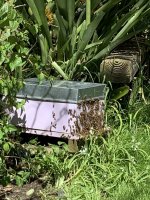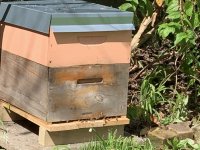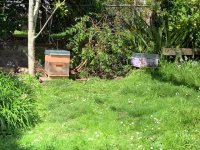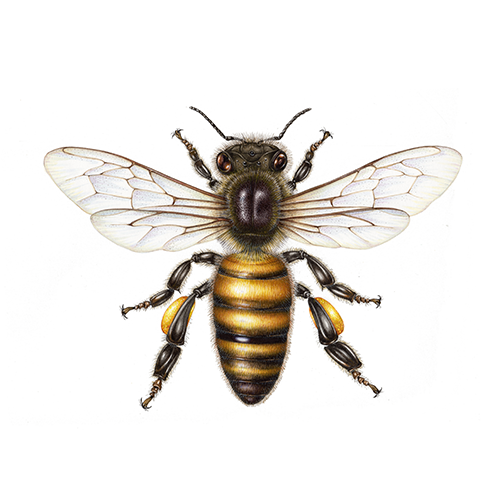Hi there
I tried on Sunday splitting a hive for the first time. Managed to capture the Queen and moved the old hive about a meter a way and set the Queen up in a new hive on the old spot. I put 3 frames of honey in and the rest of the frames were undrawn. This morning g there are a lot of bees bearding at the new hive entrance. Am wondering if this is normal or did I damage the Queen in the move. Any feedback appreciated.
I tried on Sunday splitting a hive for the first time. Managed to capture the Queen and moved the old hive about a meter a way and set the Queen up in a new hive on the old spot. I put 3 frames of honey in and the rest of the frames were undrawn. This morning g there are a lot of bees bearding at the new hive entrance. Am wondering if this is normal or did I damage the Queen in the move. Any feedback appreciated.







